
Discover a realm of abstract art that transcends borders at National Gallery Singapore’s Order is Essential, Singapore’s first-ever solo exhibition dedicated to Fernando Zóbel.
Fernando Zóbel: Order is Essential at National Gallery Singapore
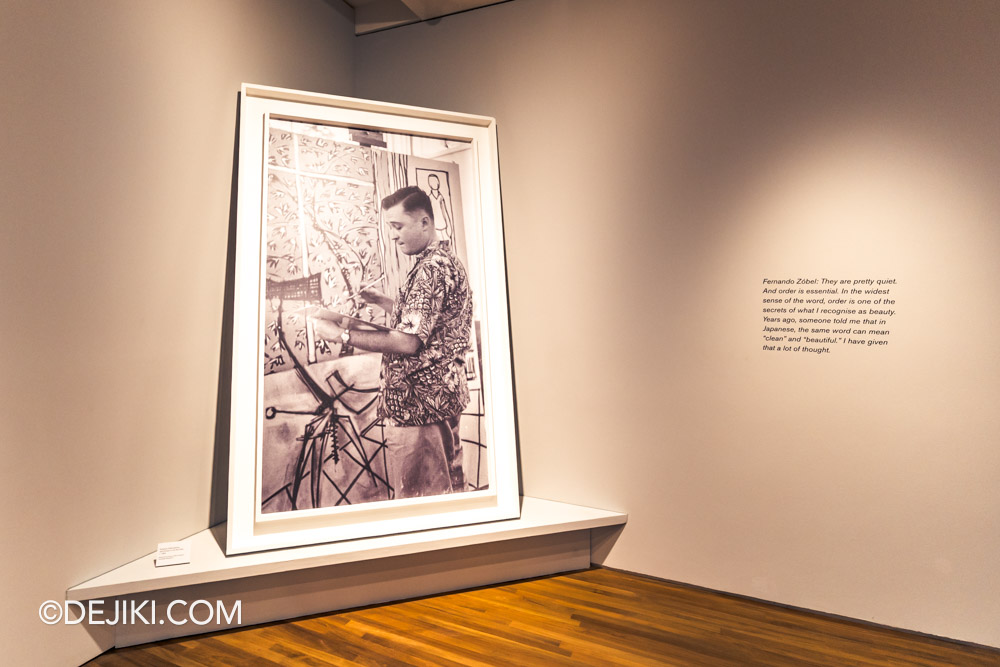
Born into a prominent Spanish family in the Philippines, Fernando Zóbel was a citizen of the world – his artistic spirit fueled by avid travel and a deep engagement with diverse cultures. A lifetime of curiosity shaped his abstract creations across an extensive breadth of expressions. Building upon major exhibitions staged in Madrid and Manila, this exhibition at the National Gallery Singapore marks the museum’s first-ever solo exhibition dedicated to Zóbel, with over 200 pieces displayed.
Order Is Essential is included with a General Admission Ticket, which also includes admission to other exhibitions except the Special Exhibition. Singapore Citizens and Permanent Residents can enjoy free admission to Order Is Essential.
The City of Others: Asian Artists in Paris: 1920s-1940s Special Exhibition is also happening now, but that requires a Special Exhibition or All Access Ticket.
Fernando Zóbel: Order is Essential – Exhibition Photo Tour
Order is Essential reveals Fernando Zóbel’s meticulous creative process as it evolved throughout his practice, offering Singaporean audiences a unique and expanded understanding of his global artistic vision. The exhibition is curated into five sections, showcasing evolving forms and facets of his art in different regions across time.
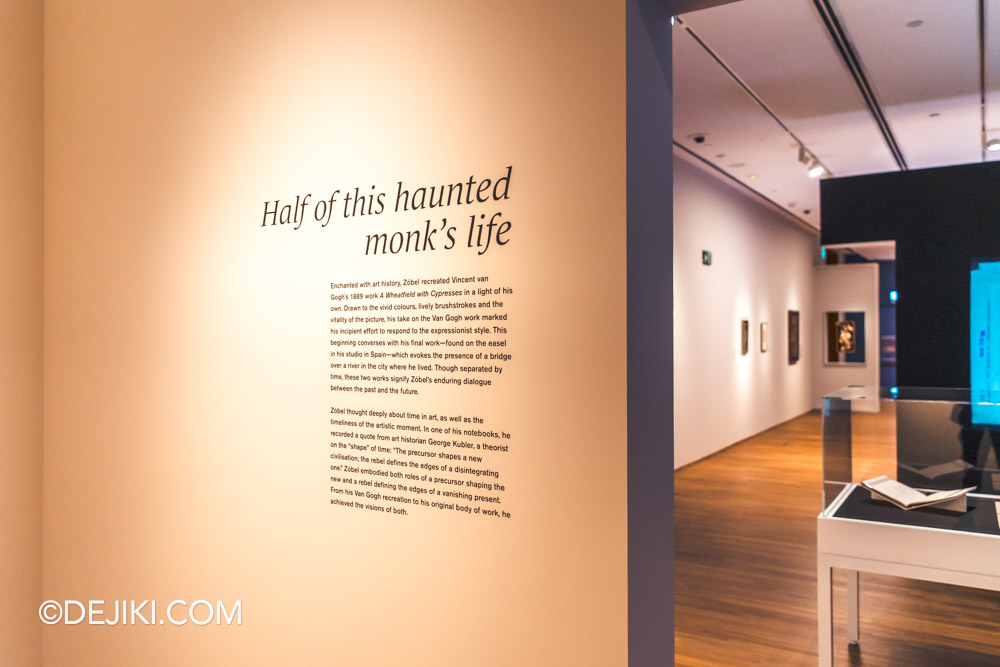
Half of this haunted monk’s life, the exhibition’s prologue, sets the stage with a contemplative pairing of Zóbel’s first and last recorded paintings.
The first is inspired by a study of Vincent van Gogh, and the final – an abstract piece that hinted at a bridge over a river in Spain where he lived. Presented as a pair, they resonate as Zóbel’s lifelong dialogue with the past and the future – a defining element that shaped his practice, and also the presentation of works across the galleries in this exhibition.
With every single refinement showcases Zóbel’s formative years in the US, where he deepened his study of art history, and experimented with various mediums of artistic practice.
Thin lines against a field of colour brings together works and materials developed when Zóbel returned to his roots in the Philippines. The blue walls marks the “Manila era” collection.
This glass case offers a glimpse into Zóbel’s meticulous process. Zóbel’s sketchbooks and study notes whisper tales of his immersive study into local customs and religious traditions, particularly Catholic processions.
This led to another iconic work, the Carroza, which became an award-winning piece.
Driven by a desire for more precise linework, Zóbel developed a groundbreaking technique: applying long, flowing lines of paint across the canvas with a needle-less syringe, followed by selective brushing to refine their effect.
This signature method, a signature in Zóbel’s Saeta series, became a lasting and defining element of his contribution to modernism. One of his very own syringes floats at the heart of a display, encircled by the artwork it brought to life.
The section with red walls highlights works influenced by East Asia, such as calligraphy, and also included some pieces that Zóbel collected.
Focusing on the life and times in Madrid, Movement that includes its own contradiction diverges from the section before – defined by a more refined abstraction approach. The Serie Negra (Black Series) shows this marked shift, as tones are further stripped down, and streaks became deliberate blurs.
The exhibition also showcases various “dialogues” Zóbel had with art history, such as this pairing: Allegory of Chastity (Lorenzo Lotto) from the Renaissance era, reinterpreted in Zóbel’s distinctive style.
The light of the painting explores Zóbel’s time in Cuenca, Madrid. This is where two distinctive series inspired by the natural landscape were produced – Serie Blanca (White Series) and La Vista (The View).
Living among the natural beauty there – cliffs, rivers, and old buildings – his art started to capture what he saw.
In contrast, the Futbol series breaks from the nuanced memories of landscapes – capturing movements of motion, such as those playing football.
The last section of the gallery showcases works inspired by Zóbel, include a map of the world charting his journey around the world and influence to modern art.
Diplomacy and Desire: Basoeki Abdullah in Singapore at Dalam Southeast Asia
Also opening with Order Is Essential is a new edition of the Dalam Southeast Asia exhibition series, Diplomacy and Desire: Basoeki Abdullah in Singapore.
This solo exhibition honours Indonesian painter Basoeki Abdullah, who was once described as “the Rembrandt of the East”. Divided into two sections – a larger gallery navigating geopolitical and ideological narratives, with two works gifted to Singapore, lending a nuanced look at diplomacy. It also includes a section documenting Basoeki’s exhibitions in the region.
The smaller “pink” gallery features an intimate collection of drawings and portraits by Basoeki, showcasing his reputation as a top painter in the region.
Fernando Zóbel: Order is Essential at National Gallery Singapore
9 May – 30 November 2025
Wu Guanzhong Gallery and Level 4 Gallery, City Hall Wing, Level 4, National Gallery Singapore
Visit the National Gallery’s website for more details on the exhibition, programmes and promotions.
Diplomacy and Desire: Basoeki Abdullah in Singapore at National Gallery Singapore
9 May 2025 – 1 February 2026
UOB Southeast Asia Gallery, Supreme Court Wing, Level 3, National Gallery Singapore

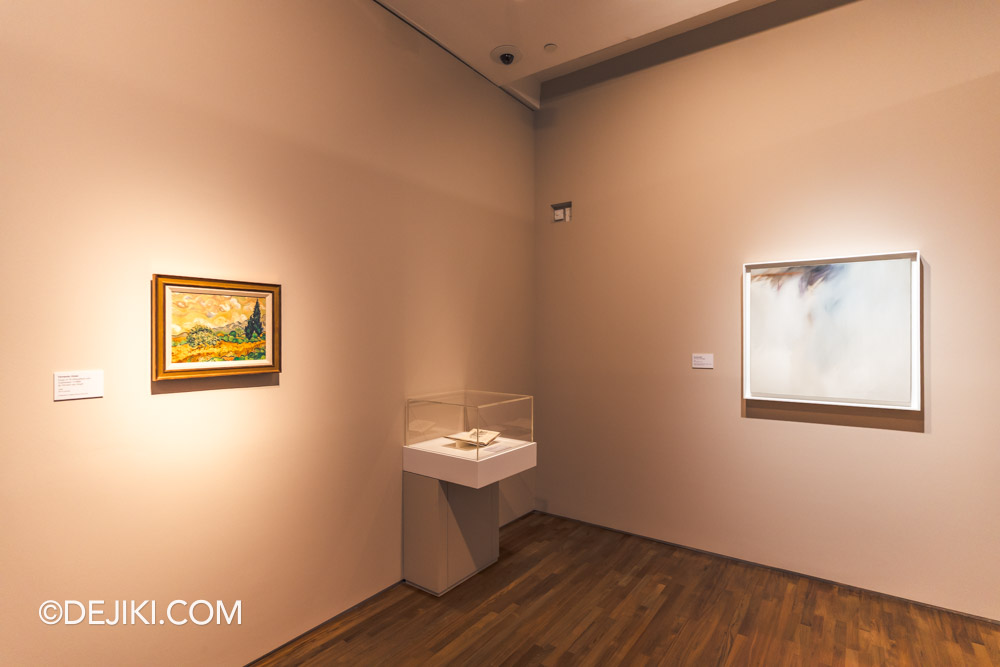
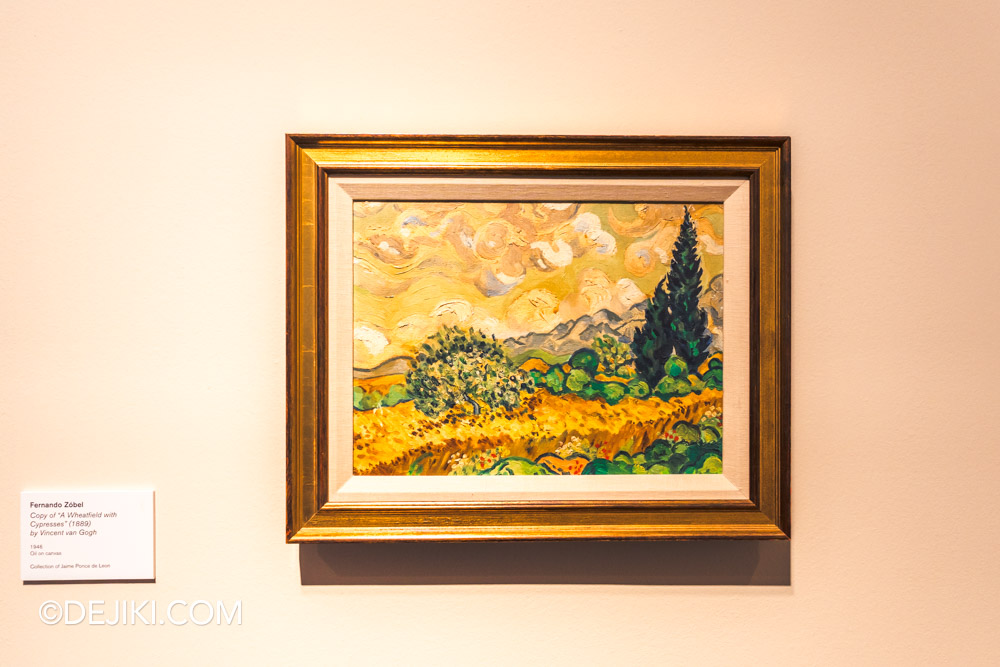
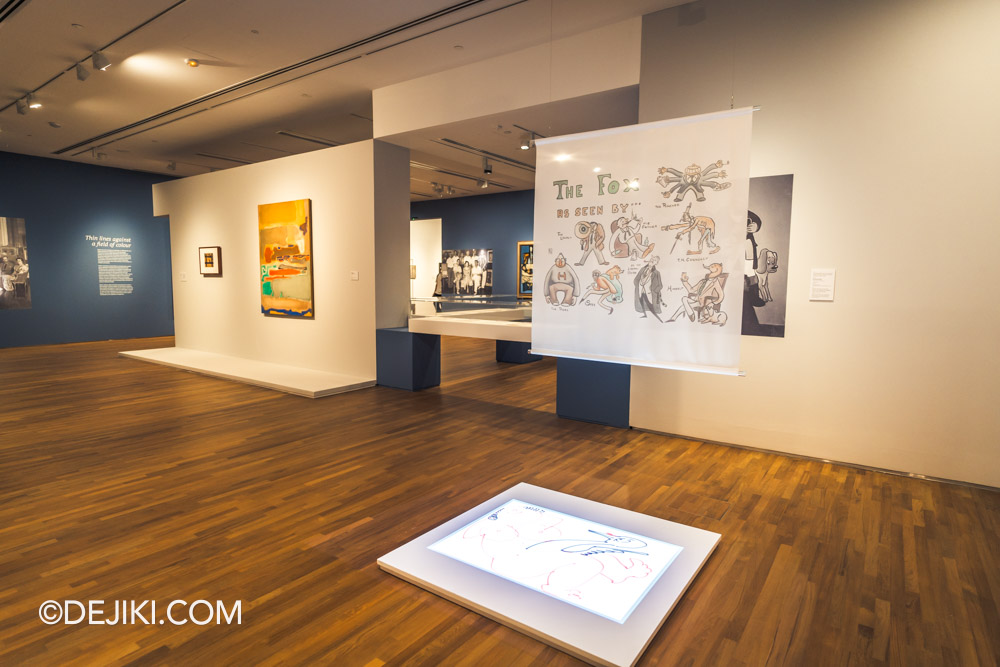
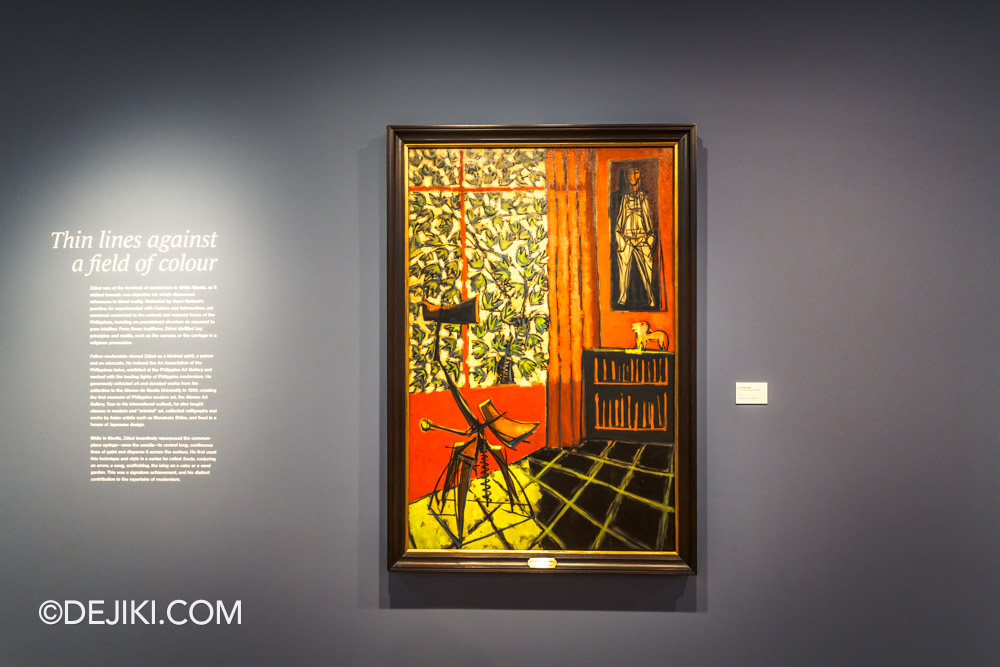
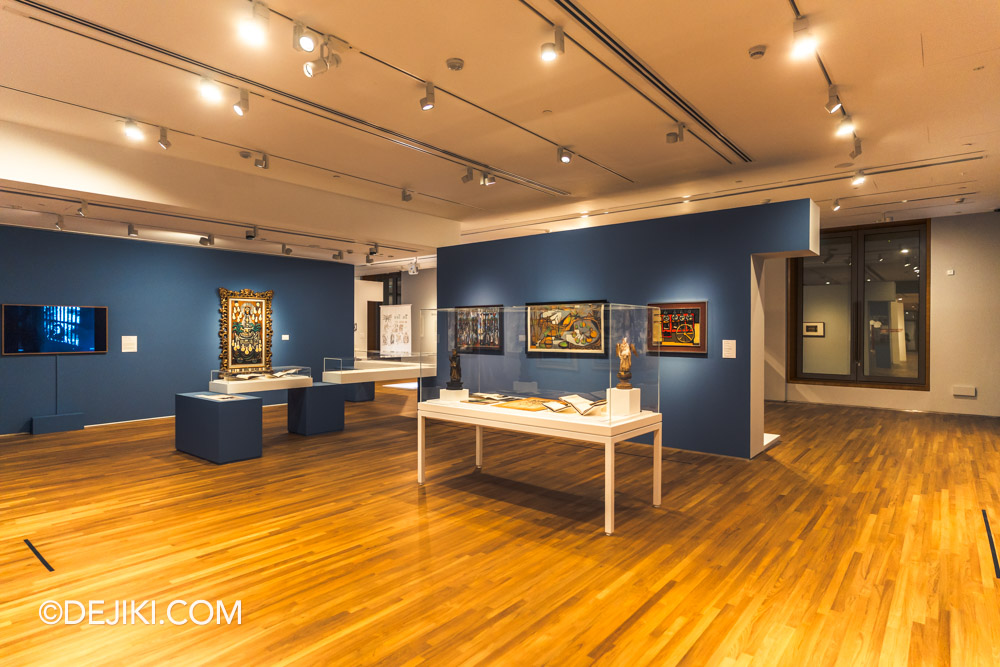

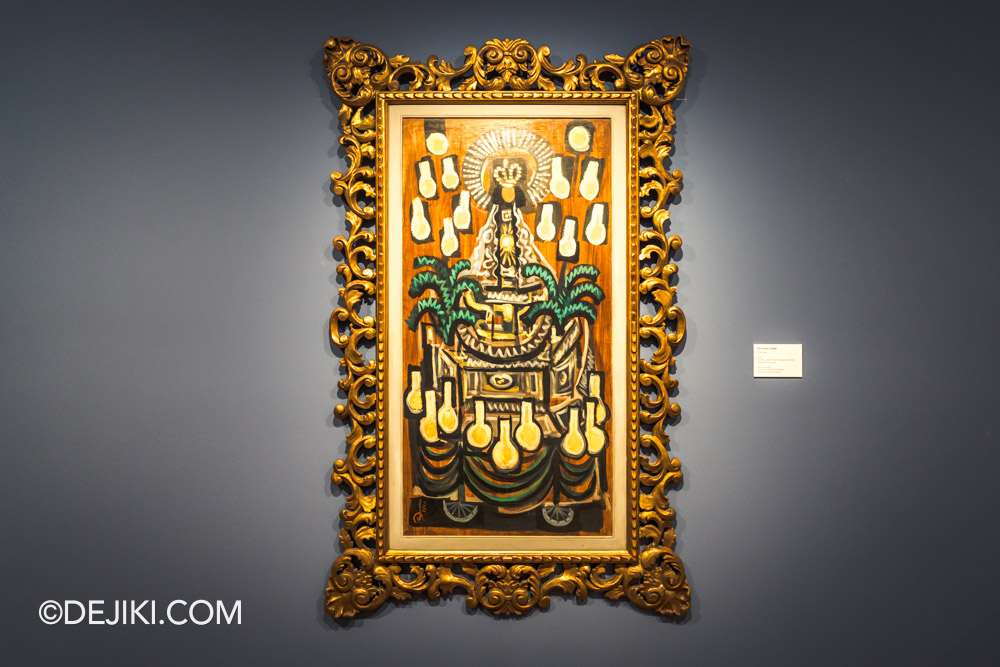
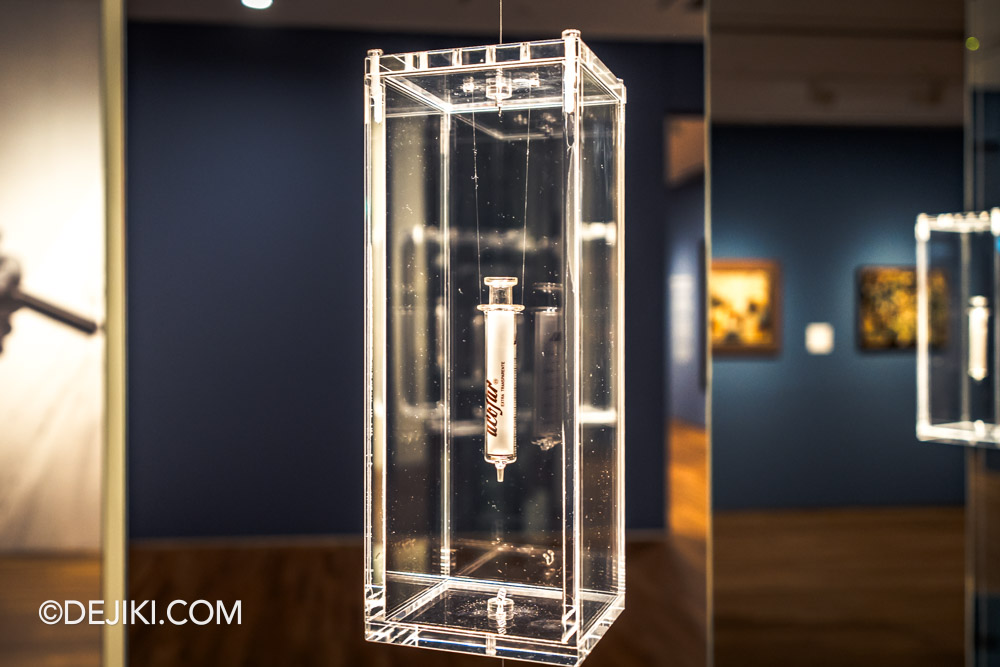
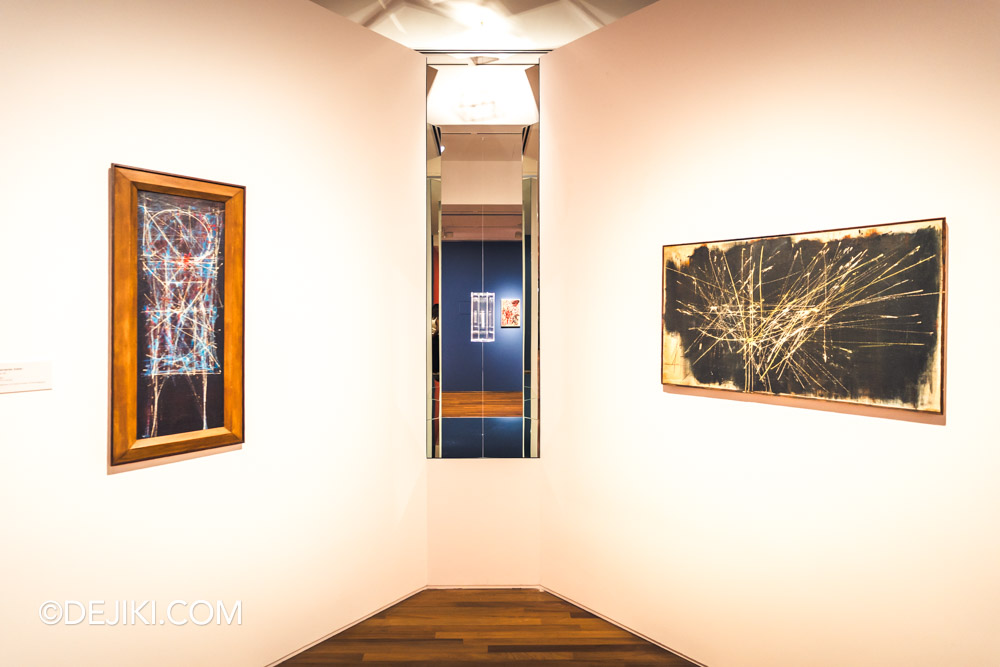

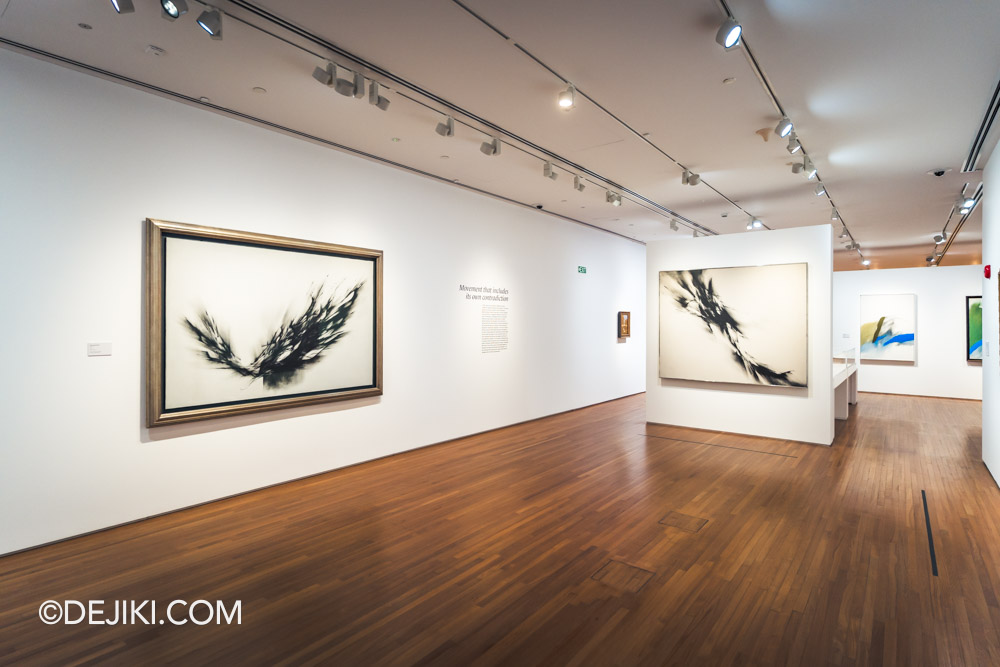
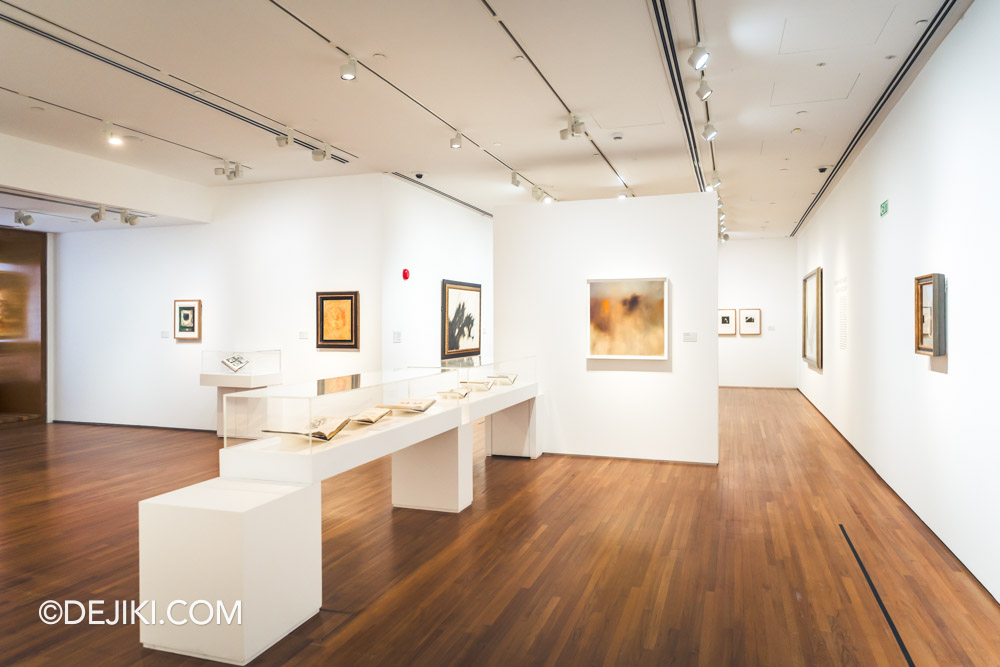
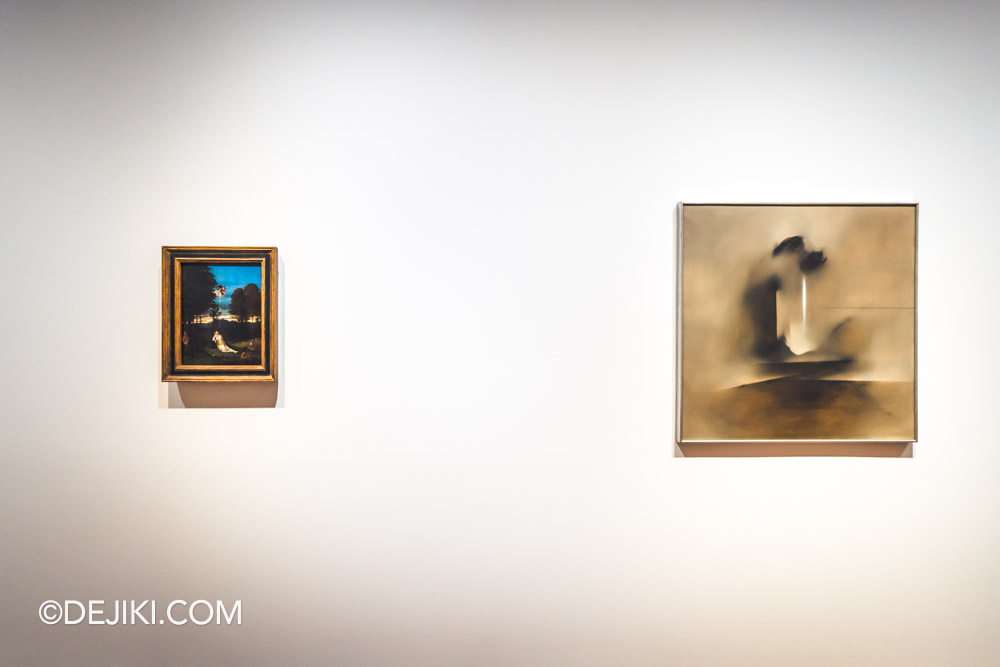
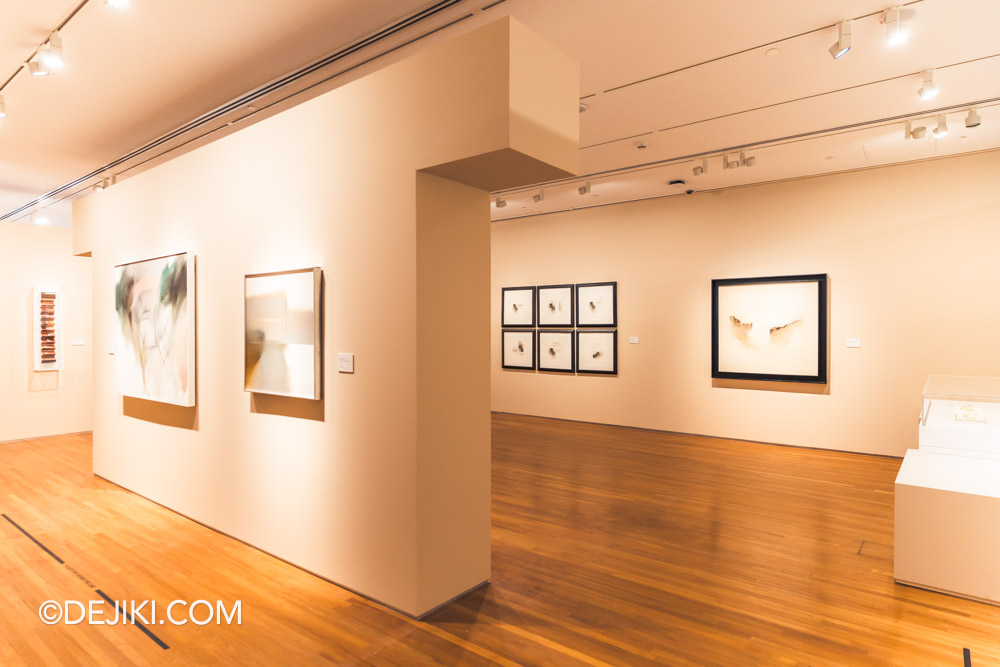
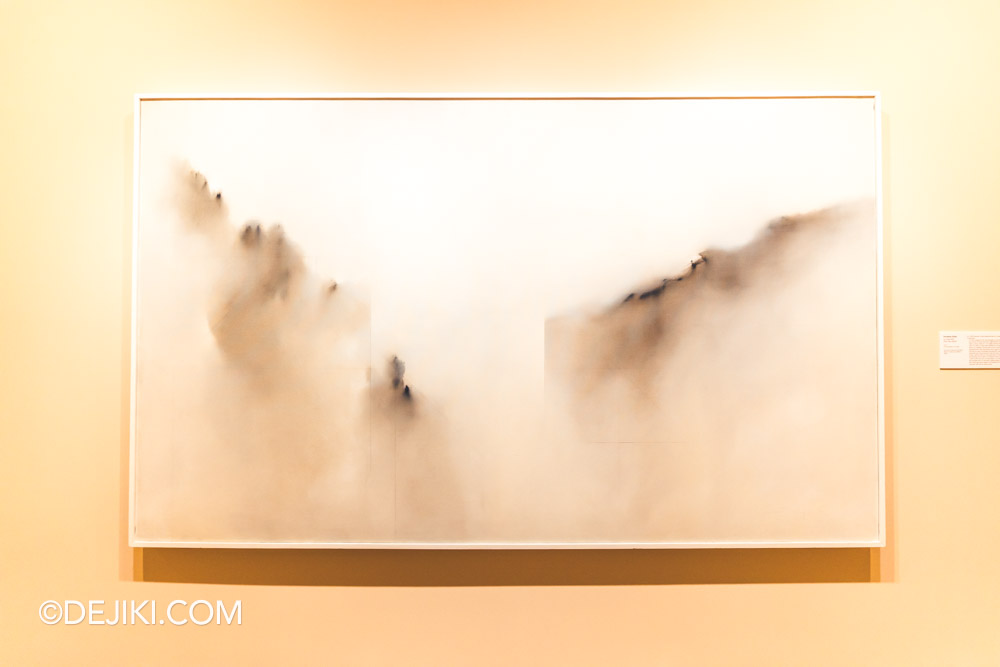
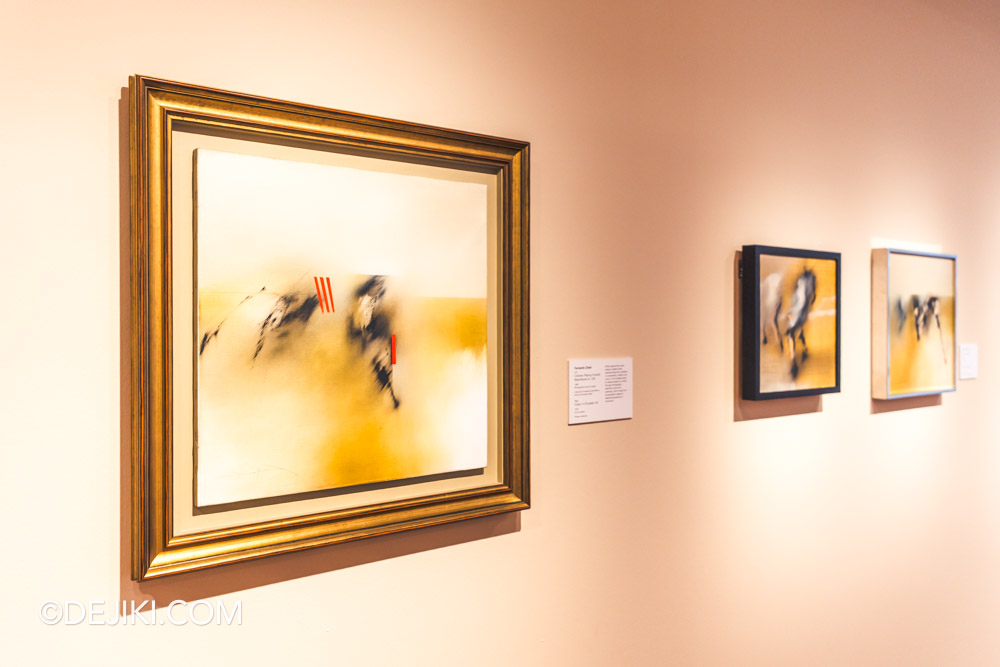
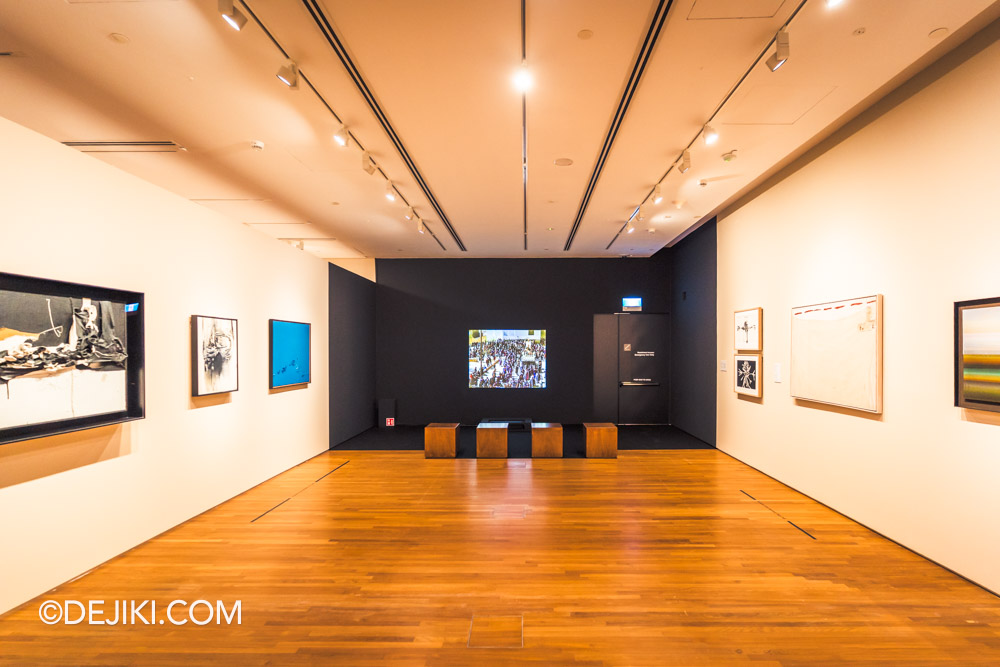
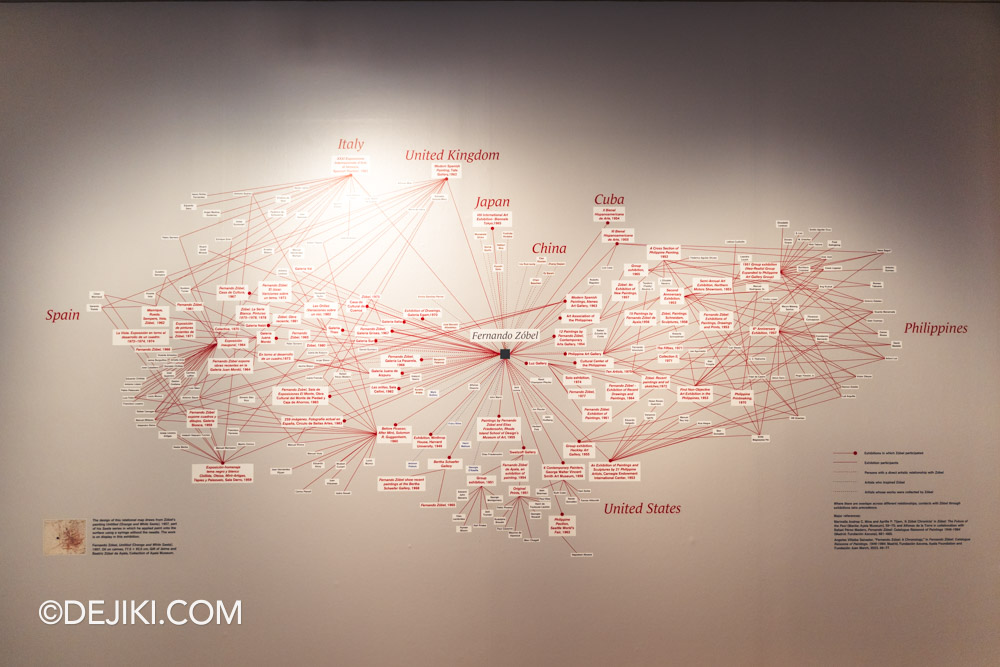
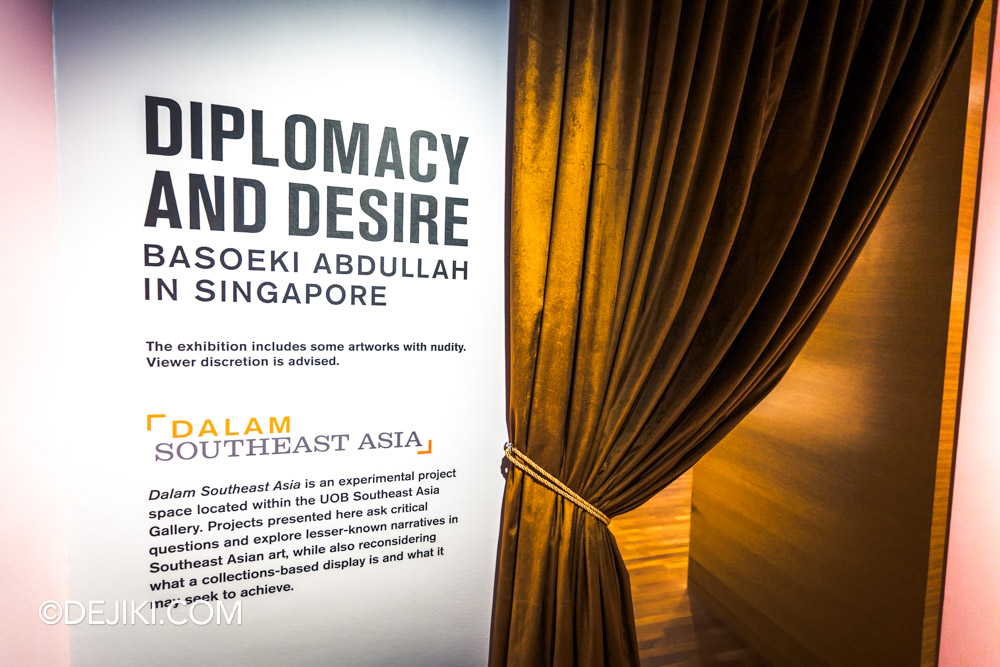
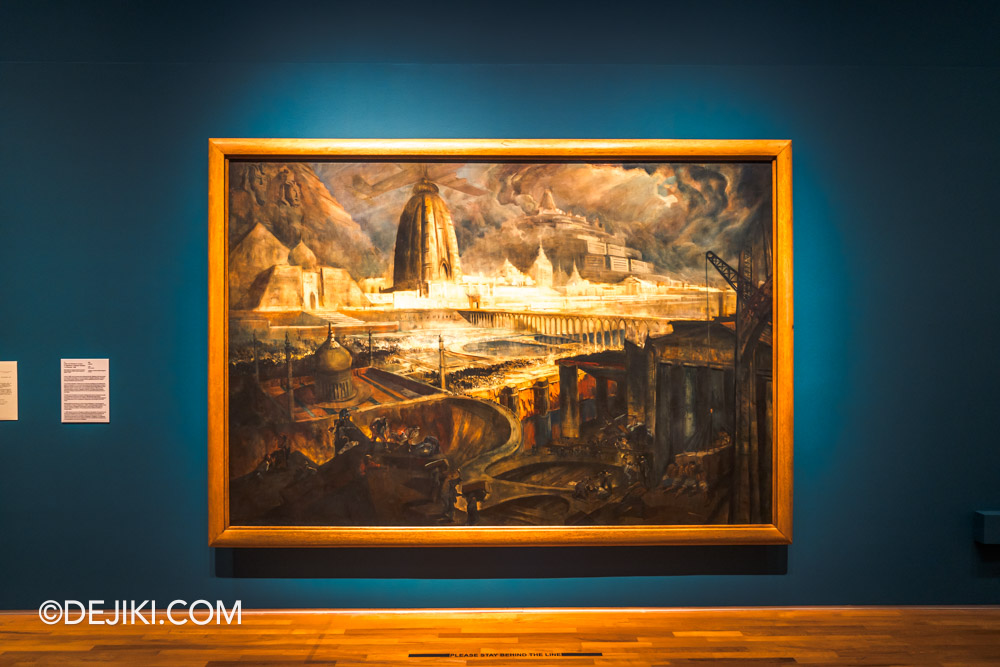
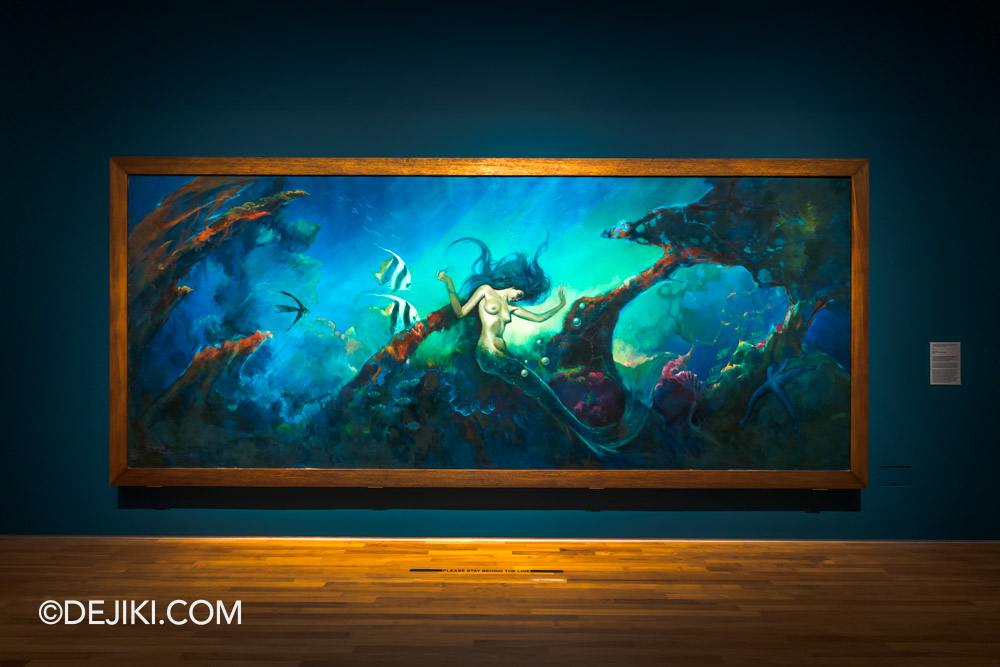
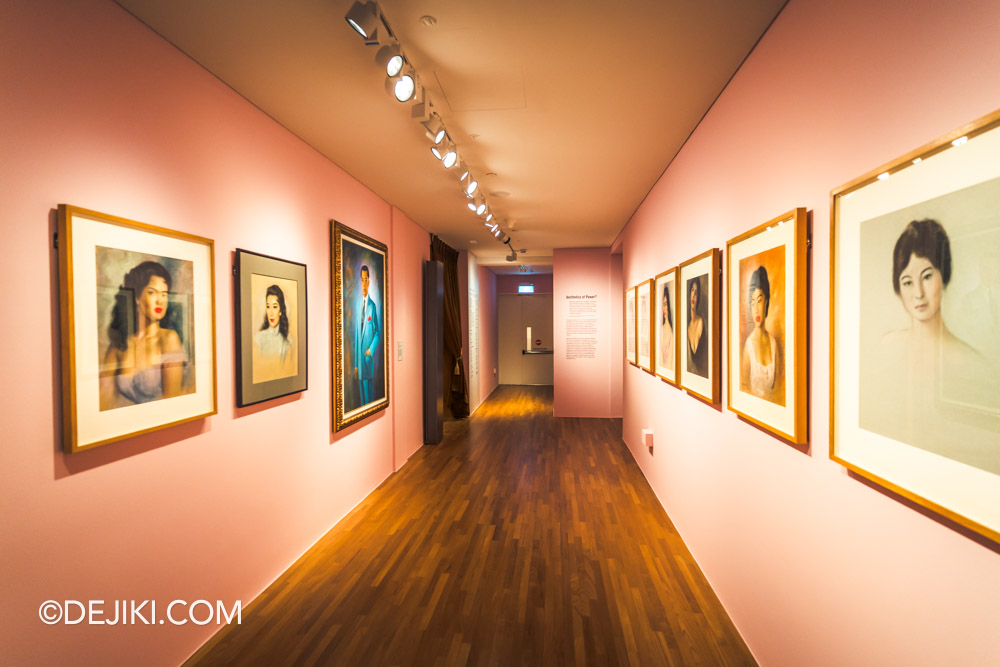
No comments yet.